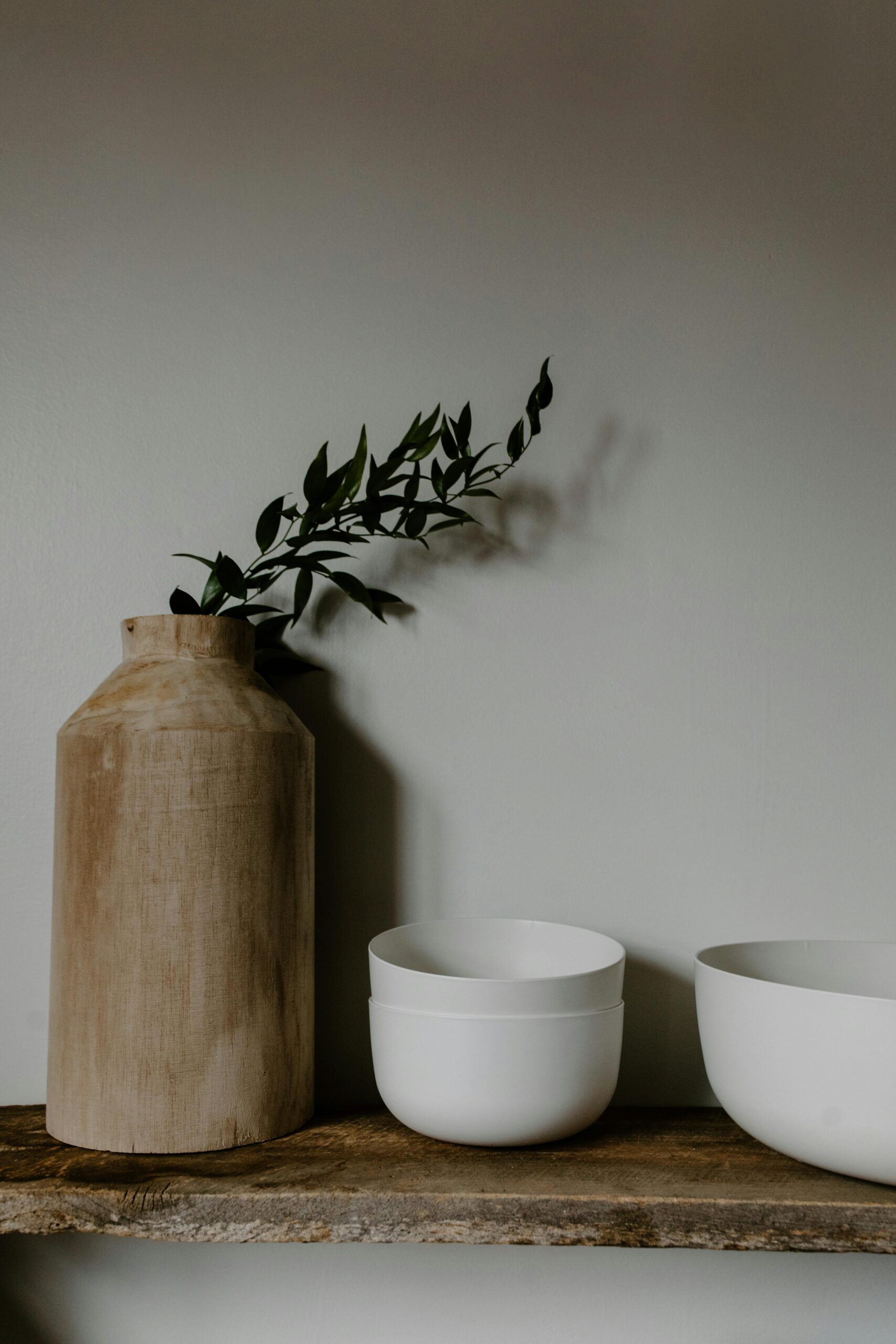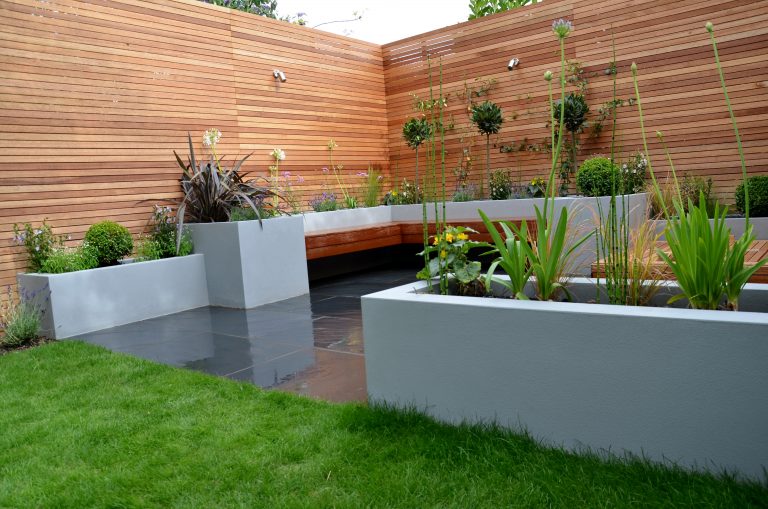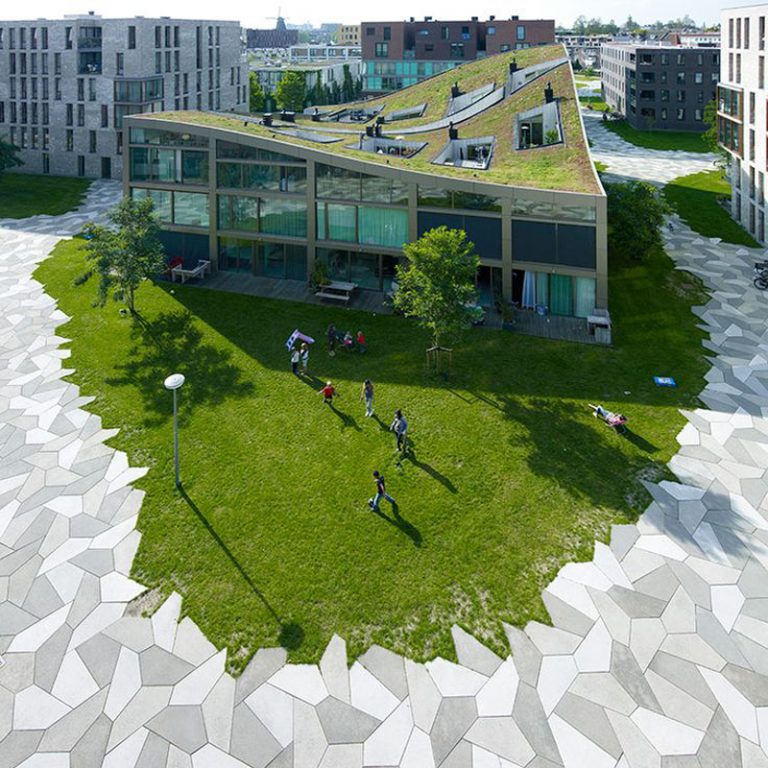Embracing Imperfection: Wabi-Sabi Principles in Modern Asian Interior Design
In a world of high-gloss finishes and perfectly curated social media feeds, the pressure to create a flawless home is immense. We scroll through images of pristine, untouchable spaces and feel a familiar pang of inadequacy. Our own homes, with their scuffs, their lived-in messiness, and their gentle signs of aging, seem to fall short. But what if the pursuit of perfection is the very thing robbing our homes of their soul? What if true beauty lies not in flawlessness, but in authenticity? This is the heart of Wabi-Sabi, a timeless Japanese philosophy that offers a profound and liberating alternative. It’s a design approach that celebrates the imperfect, the impermanent, and the incomplete, inviting you to create a space that is not just beautiful, but deeply and truly yours.
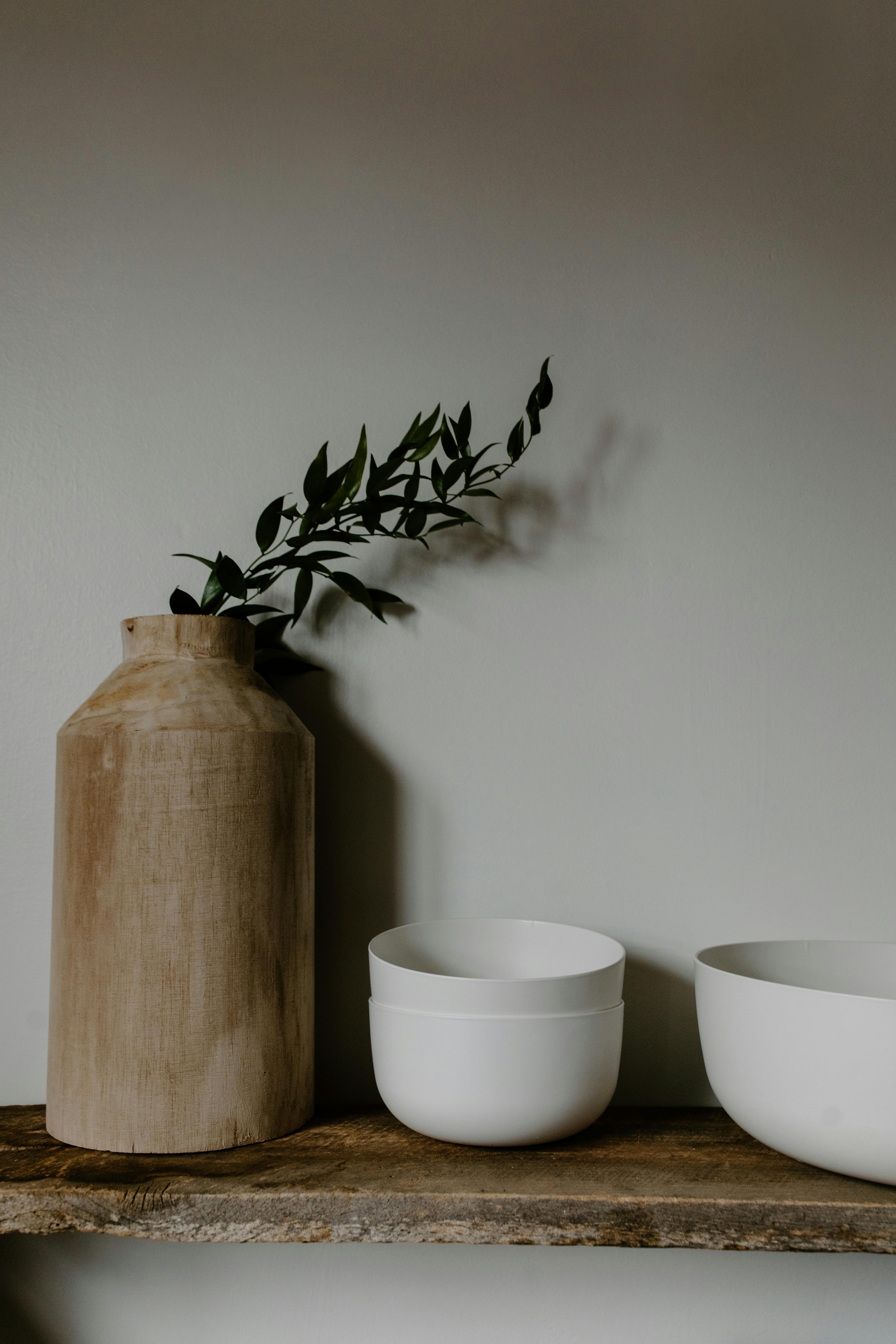
This Photo was taken by Tara Winstead.
Beyond the gloss: understanding the Wabi-Sabi worldview
At its core, Wabi-Sabi is a worldview centered on the acceptance of transience and imperfection. It’s a concept that finds beauty in the marks of time, weather, and loving use. To truly grasp it, let’s separate its two parts.
Wabi refers to a rustic simplicity, the quiet elegance of understated things. It’s about finding satisfaction in less and living in harmony with nature. Think of a single, unadorned ceramic bowl, its form simple yet profound.
Sabi speaks to the beauty that comes with age. It’s the patina on a copper pot, the crack in a treasured teacup, or the weathered grain of an old wooden table. It is the visible evidence of a story, a testament to the life an object has lived.
It is crucial to understand that Wabi-Sabi is not an excuse for clutter or neglect. It is the opposite. It’s a highly intentional practice. While many people associate Asian design with strict minimalism, Wabi-Sabi offers a warmer, more forgiving alternative. Minimalism seeks to eliminate; Wabi-Sabi seeks to appreciate what is essential and authentic.
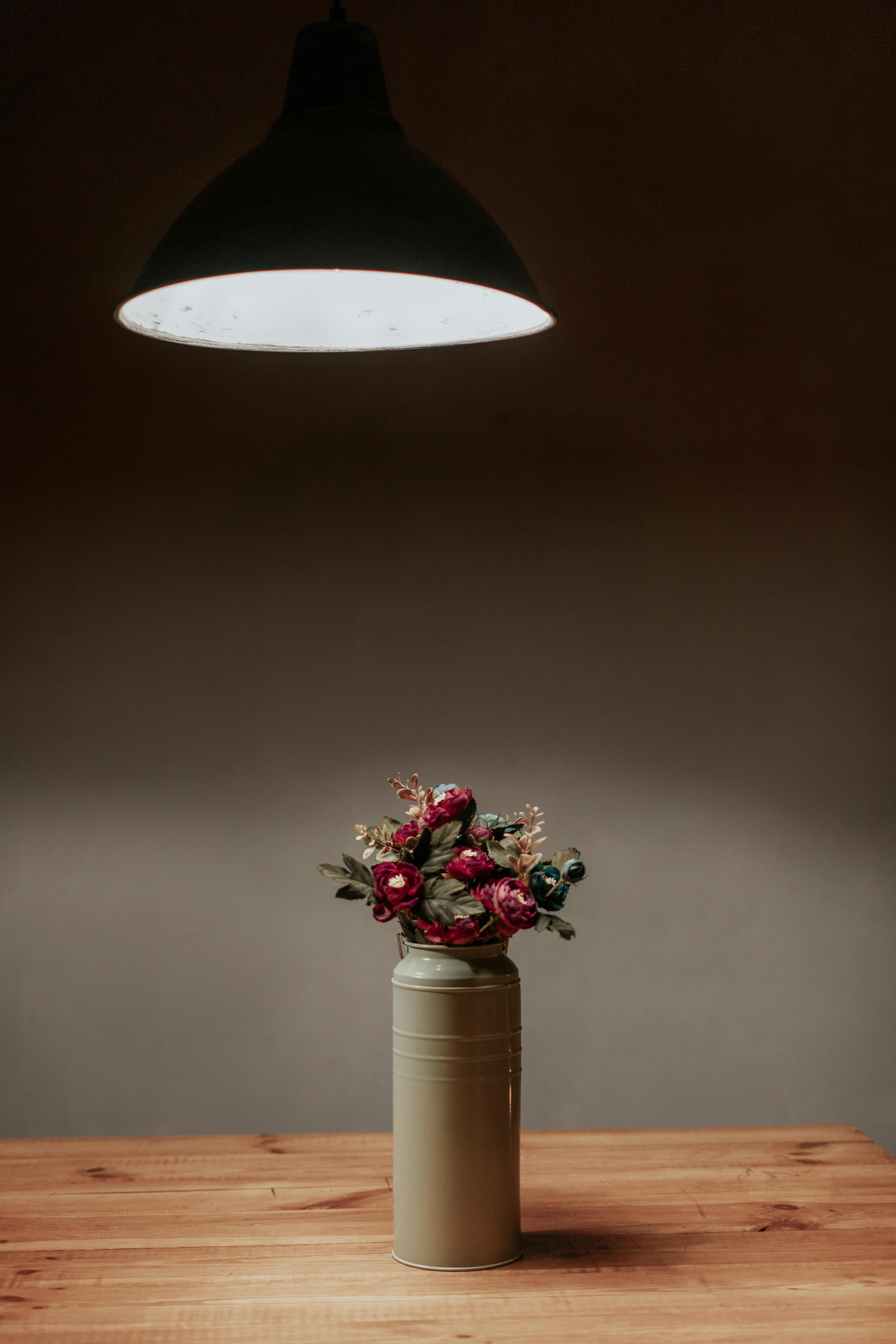
This Photo was taken by Mikhail Nilov.
The seven principles for an authentic home
Applying this philosophy to your home is less about following rigid rules and more about adopting a new mindset. The traditional Japanese aesthetics of Wabi-Sabi provide a beautiful framework. As noted by Stanford Encyclopedia of Philosophy’s entry on Japanese Aesthetics, these principles guide the creation of spaces that feel both serene and profound.
Kanso: the beauty of simplicity
Kanso is about clarity and eliminating the non-essential. It’s not about emptiness, but about valuing the space around objects. To practice Kanso, declutter with intention. Keep only what has meaning or function. This focus on essentials creates a calm, uncluttered environment where each item can be appreciated.
Fukinsei: embracing asymmetry
Nature is rarely symmetrical, and Wabi-Sabi celebrates this organic balance. Fukinsei suggests that asymmetry is more dynamic and interesting than perfect balance. Arrange furniture or decor in a way that feels natural, not forced. An off-center piece of art or a grouping of three varied objects is more engaging to the eye than a perfectly mirrored setup.
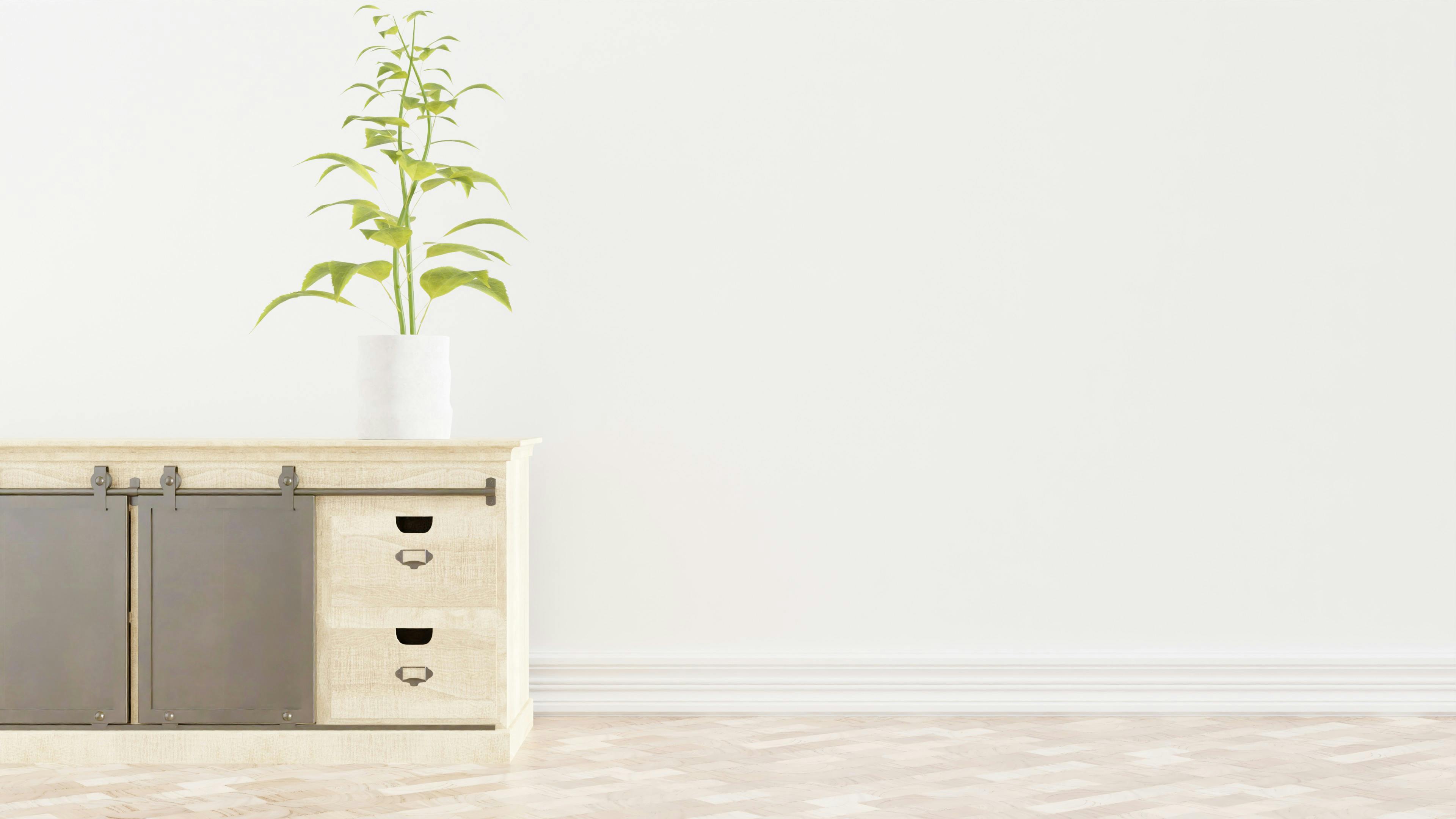
This Photo was taken by dada _design.
Shizen: the call of the natural
This principle is about raw, unpretentious naturalness. It avoids artificial or overly processed materials. Incorporate elements like unvarnished wood, raw textiles like linen and cotton, and stone. Bringing plants indoors is a key part of Shizen, connecting your home to the outside world. This aligns perfectly with the ideas behind mastering biophilic design, where natural elements improve wellbeing. Materials like bamboo are excellent choices, embodying both strength and grace, as detailed in our guide on the art of bamboo in Asian interior design.
Shibui: an understated elegance
Shibui is the art of simple, subtle, and unobtrusive beauty. It’s a quiet aesthetic that doesn’t shout for attention. Objects with a Shibui quality are beautiful without being ornate, revealing deeper complexities over time. Think of a simple grey ceramic vase whose beauty is in its perfect, subtle glaze.
Yugen: a hint of mystery
Yugen suggests a profound, subtle grace that is not immediately obvious. It’s about creating depth and leaving something to the imagination. A dimly lit corner, a partially obscured view, or a shadowy texture can evoke a sense of Yugen, making a space feel more expansive and intriguing than it is.
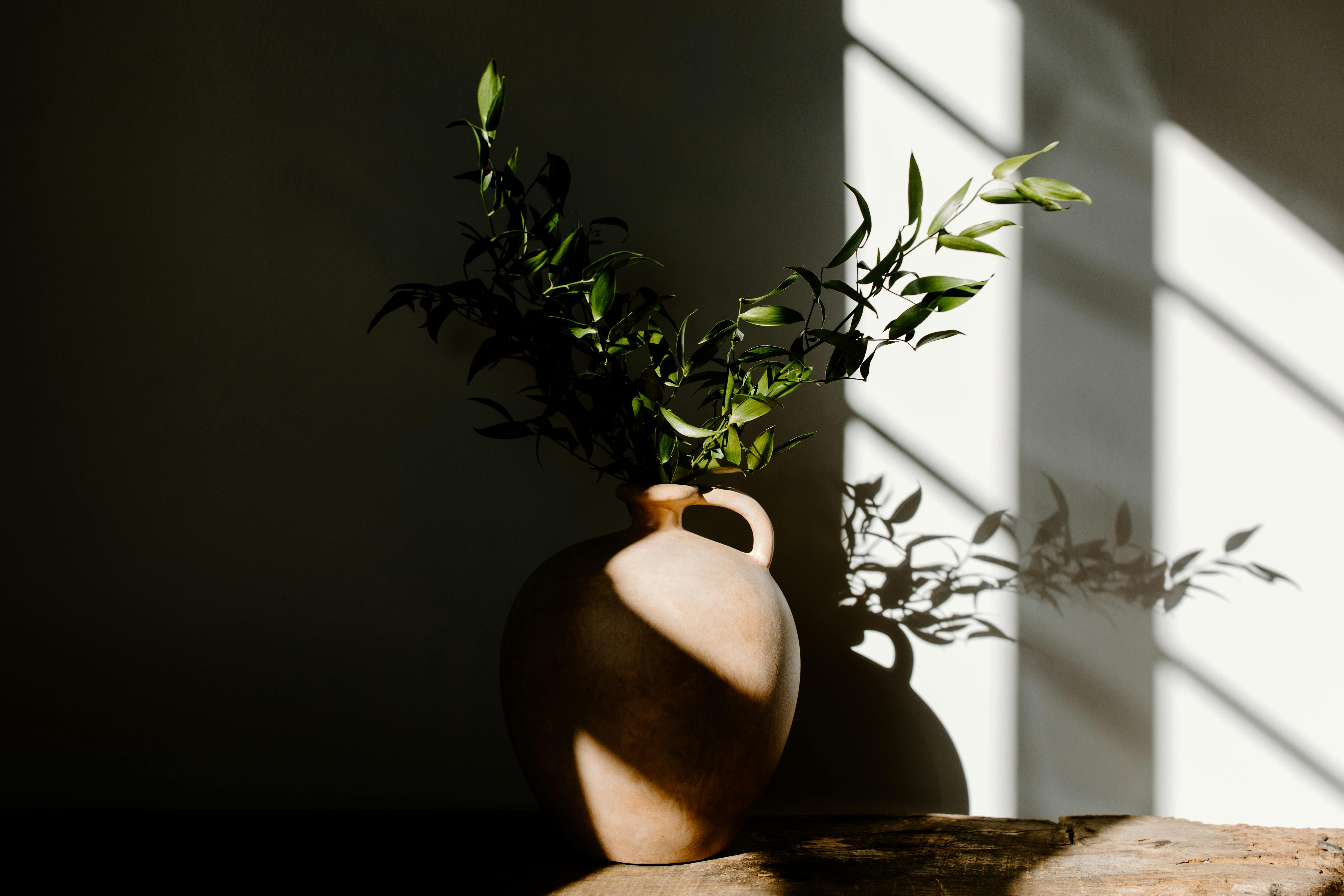
This Photo was taken by Tara Winstead.
Datsuzoku: freedom from convention
This principle encourages a break from the ordinary. It’s about finding inspiration in the unexpected and trusting your own intuition. Datsuzoku gives you permission to be creative and make choices that feel right for you, even if they defy conventional design rules. Even Miami’s premier designers are increasingly incorporating such individualistic principles into high-end spaces.
Seijaku: achieving tranquility
The ultimate goal of a Wabi-Sabi interior is Seijaku, or energized calm. It’s the feeling of stillness and solitude you experience in a well-designed space. This state of tranquility is not lifeless; it’s a silence that is full of possibilities. Proper flow and arrangement, central to creating harmonious spaces with Feng Shui, are key to achieving Seijaku.

This Photo was taken by PNW Production.
Bringing Wabi-Sabi to life: a material and palette guide
Creating a Wabi-Sabi inspired home is about a sensory experience. Focus on textures, natural forms, and a muted color story. Look for materials that tell a story and will age gracefully.
- Textiles: Choose natural, tactile fabrics like linen, wool, cotton, and hemp. Look for slubby textures, raw edges, and organic weaves.
- Wood: Opt for woods with visible grain, knots, and imperfections. Reclaimed and weathered wood are perfect.
- Ceramics: Handmade pottery is the embodiment of Wabi-Sabi. Look for irregular shapes, unique glazes, and the mark of the maker’s hand. Even the most polished custom-made Italian furniture can be balanced with a rustic, handmade vessel.
- Metals: Choose metals that develop a patina over time, such as brass, copper, and blackened steel.
Your color palette should be drawn from nature. Think of earthy browns, soft greys, muted greens, and warm whites. These colors create a calming backdrop that allows the textures and forms of your chosen objects to shine. This approach also aligns with a growing movement toward authenticity. Many people now scour shops, from local artisans to the best furniture stores in Dubai, seeking unique pieces with character over mass-produced perfection.
This shift is reflected in broader market trends. The pressure for perfection, as Psychology Today explains, can be exhausting, leading people to seek more authentic and calming environments.
| Design Trend Focus | Consumer Interest Growth (2024) | Projected Growth (2025) |
|---|---|---|
| “Authentic Interior Design” | +22% | +25% |
| “Handmade Decor” | +18% | +20% |
| Sustainable & Eco-Friendly Materials | +30% | +35% |
Data compiled from industry market analysis and consumer search trends.

This Photo was taken by Alina Skazka.
Your questions about Wabi-Sabi answered
Is Wabi-Sabi just another form of minimalism?
No. While both value simplicity, minimalism often strives for a sleek, new, and perfect look. Wabi-Sabi finds beauty in age, imperfection, and organic warmth. A minimalist room might feel sterile, while a Wabi-Sabi room feels soulful and lived-in.
Can I mix Wabi-Sabi with other design styles?
Absolutely. Wabi-Sabi is more of a philosophy than a strict style. You can incorporate its principles into almost any design. For example, you can add a weathered wooden bench to a modern entryway or display handmade pottery in a Scandinavian-style living room.
Does Wabi-Sabi mean my home has to look old?
Not at all. It’s about a balance. It celebrates objects with history but places them in a clean, modern context. The beauty comes from the contrast between the old and the new, the rough and the smooth.
Is it expensive to create a Wabi-Sabi home?
It can be one of the most affordable design approaches. It values humble materials and found objects. It encourages you to repair what you own, find beauty in secondhand items, and invest in a few meaningful, artisan-made pieces rather than a room full of new things.
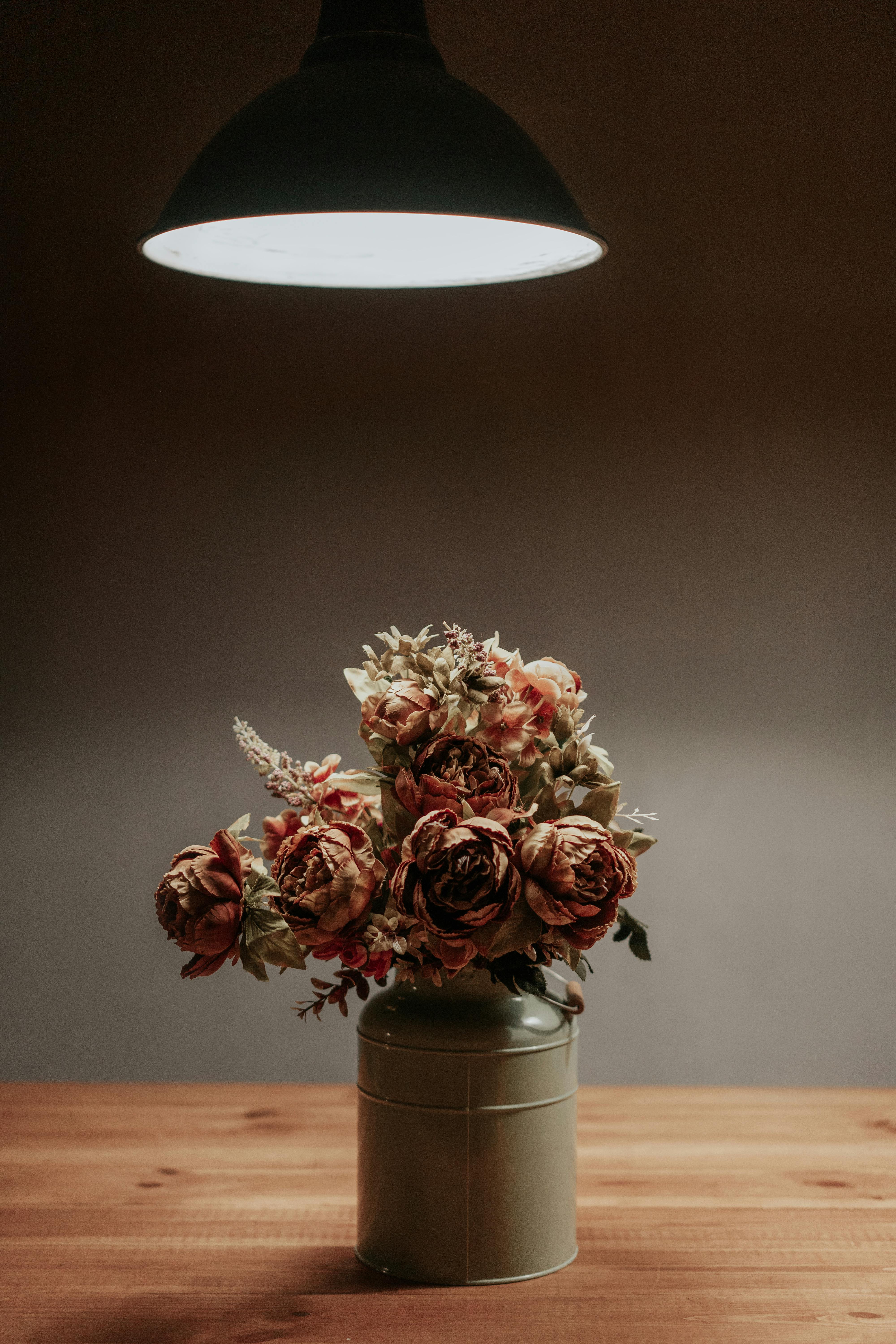
This Photo was taken by Mikhail Nilov.
Finding your home’s authentic soul
In the end, embracing Wabi-Sabi is an act of self-compassion translated into design. It’s a gentle rebellion against the relentless demand for an impossible standard of perfection. By choosing this path, you are not just decorating a house; you are cultivating a sanctuary. You are giving yourself permission to value the story of your life, told through the objects you choose to live with. Your home ceases to be a static showroom and becomes a living, breathing space that evolves with you. The crack in a vase is no longer a flaw but a memory. The worn spot on a chair is a mark of comfort. As Architectural Digest highlights, this approach creates spaces that are deeply personal. So let go of the need for perfection. Instead, focus on creating a home that feels honest, calm, and beautiful to you. That is where you will find its true soul.

This Photo was taken by Ryszard Zaleski.
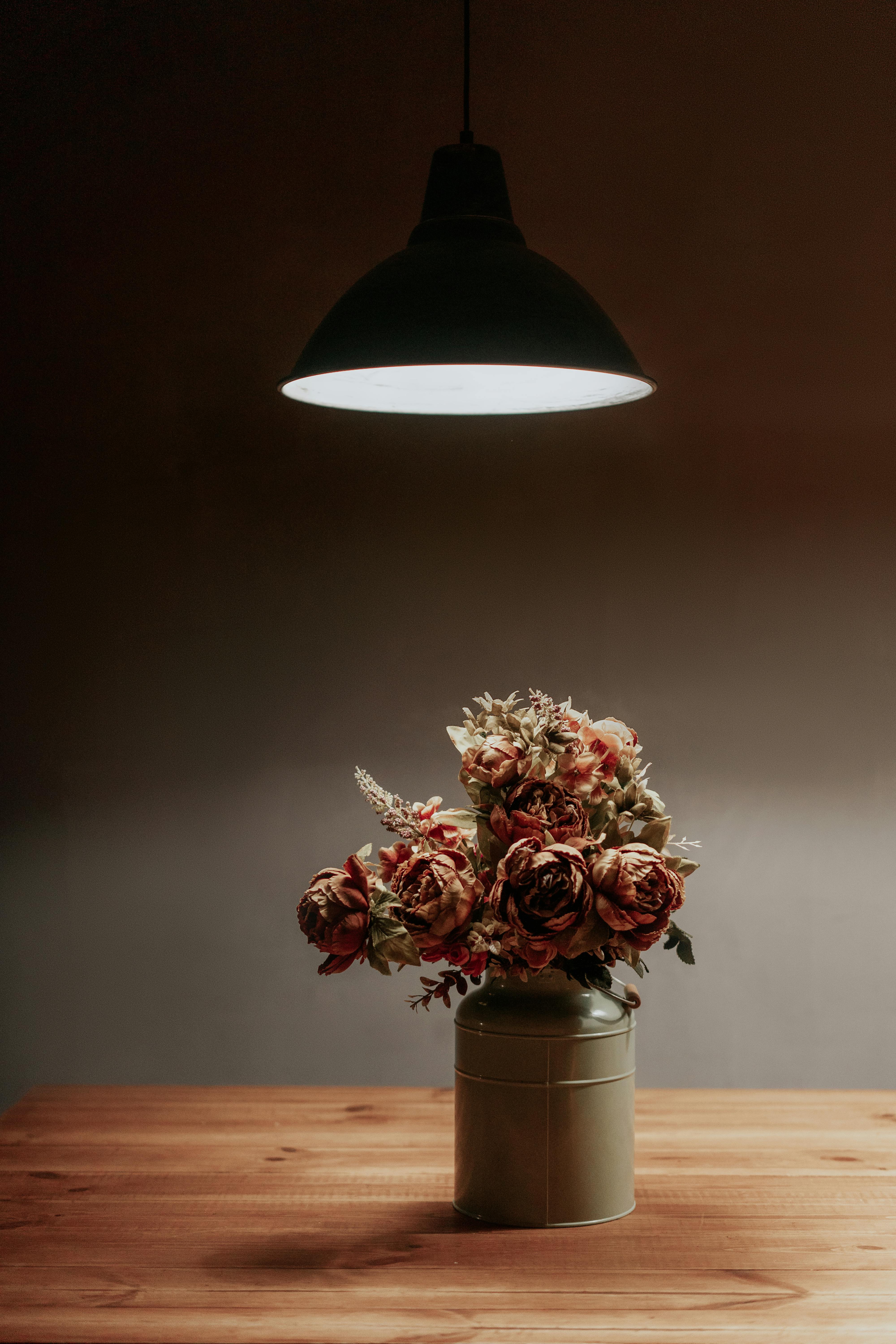
This Photo was taken by Mikhail Nilov.
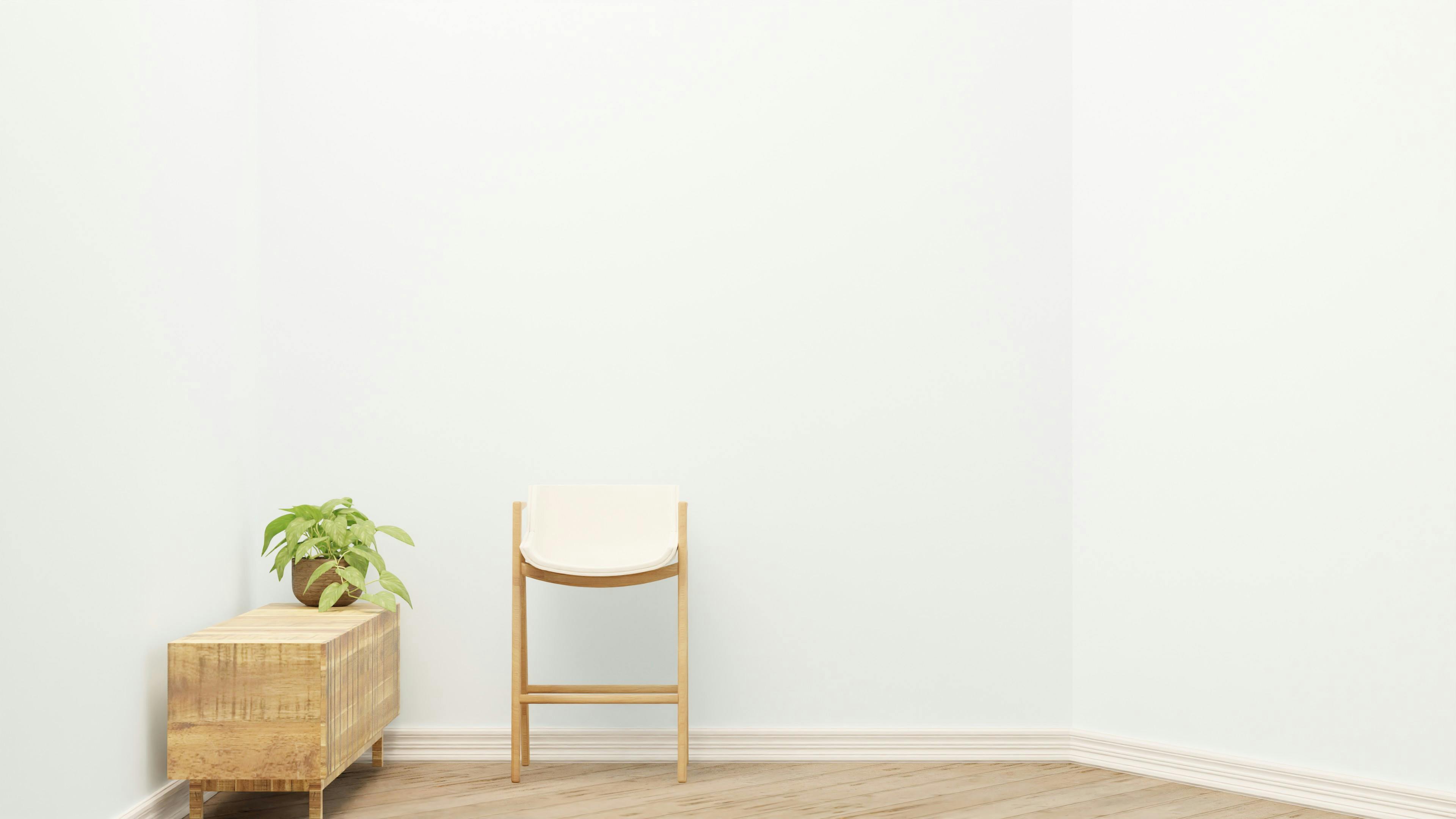
This Photo was taken by dada _design.
